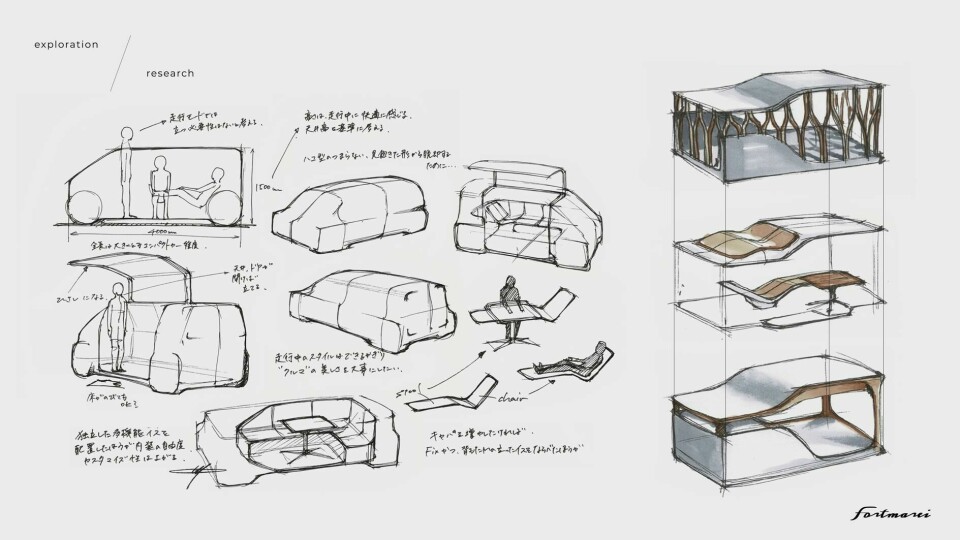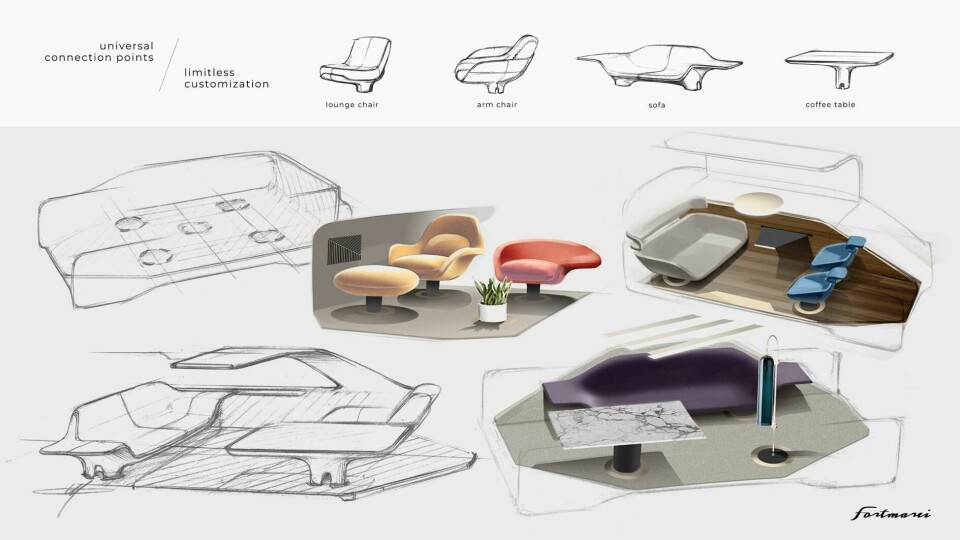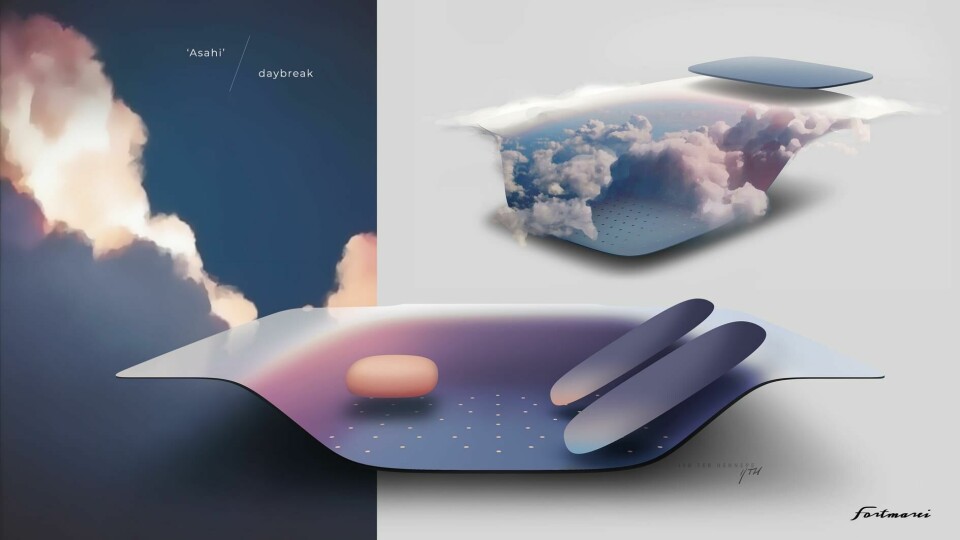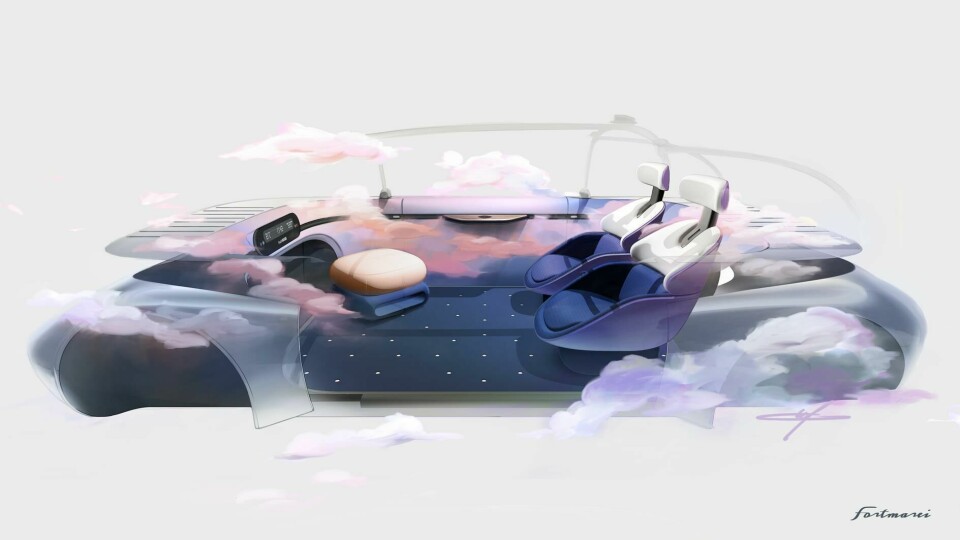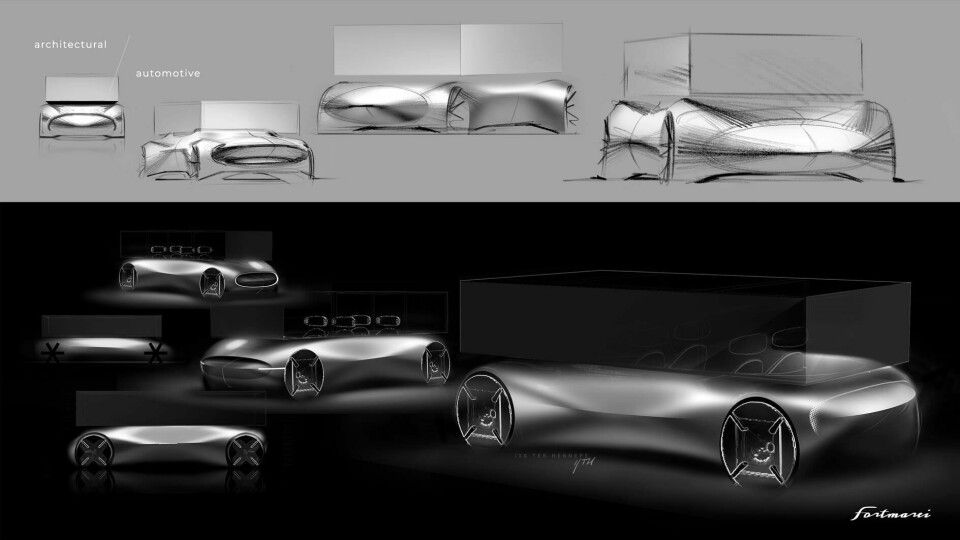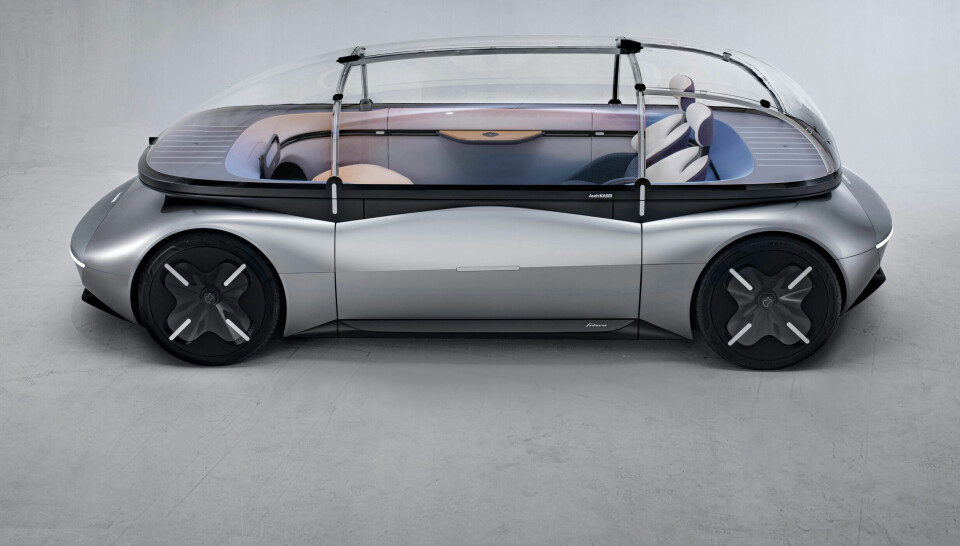
Autonomous shuttle concept goes all in on wellness
Car Design News caught up with Julie Jacobs, design manager at Sage Automotive Interiors, to discuss the latest in a series of concepts and where autonomous vehicle interiors may be headed in future
Industry trends are converging around sustainability, wellness and inclusivity. Cars should be clean and green, accessible by all and ultimately enrich our lives – or at least become more enjoyable places to spend time. One supplier recently revealed a new concept that aims to address all three themes, opting instead for “sustainability, satisfaction and society.”
Co-designed by Sage Automotive Interiors, its parent company Asahi Kasei and Kyoto-based design studio Fortmarei, the AKXY2 (pronounced “axie two”) projects where future vehicle interiors may be headed and showcases the latest advances in materials science. The team behind it say the plan was to essentially develop an extension of a person’s home – which at this stage is certainly one of the more popular avenues for vehicle concepts.
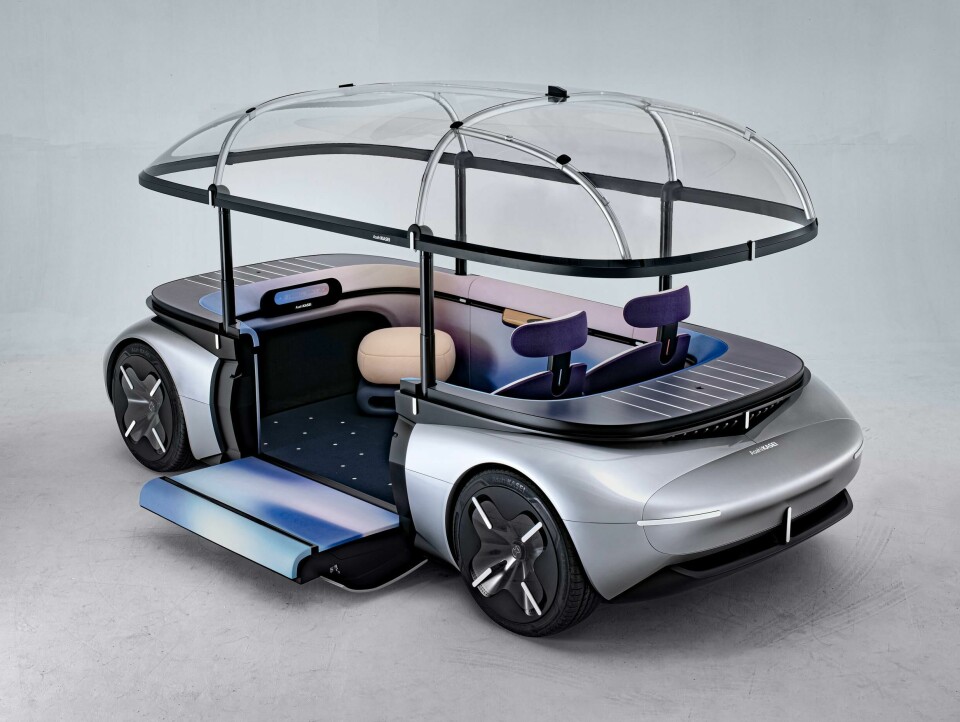
The third in a series of concepts from Asahi Kasei, the AKXY2 takes the form of an autonomous shuttle. No steering wheel, no pedals, just two seats – excluding a comfy-looking pouffe – a side tray-cum-armrest and a digital screen up front on the instrument panel. It is visually minimal, but the materials used are more complex.
“The concept car demonstrates the cross-divisional expertise of Asahi Kasei throughout the entire value chain,” says Julie Jacobs, design manager at Sage Automotive Interiors. “From raw materials and production technologies to the usage of recycled and recyclable materials, while addressing the changing regulations and evolving needs of car users.” Crucially, the vehicle has been designed for disassembly, something that can have a huge impact on the overall recyclability of a vehicle. If a structure is tough to dismantle and re-use, it is more likely to be scrapped.
A see-through greenhouse (described as a “canopy”) made of polycarbonate glazing provides uninterrupted views and aims to replicate a sky light, almost universally associated with inviting interior spaces. The team at Fortmarei put together some stunning artwork during the development phase which illustrates how the concept aims to bring in the sky and create a feeling of openness.
Elsewhere, the focus on wellness really shines through. The interior is modular and more akin to a living room than a mode of transport. As opposed to hard fixed seats, soft cushions mean the seat layout can be shifted around easily as passengers wish. They may even prefer to sit on the front and rear decks as if it were a yacht. If the lack of a steering wheel was not evidence enough, the concept is based on the premise that a fully autonomous vehicle system would be in place.
“This concept gives a better sense of where the future of AVs is headed,” says Jacobs. “We really needed to build this so people could understand what it might be like to spend time in one of these vehicles. There are a lot of unknowns in terms of comfort – both physical and mental – so this concept really placed a lot of focus on that theme of satisfaction.”
Jacobs explains that automotive interiors are bearing a closer resemblance to conventional living spaces and other areas of hospitality. Think boutique hotel foyers, mood-lit restaurants and perhaps even minimalist office spaces. The colour palettes and design principles are similar – visitors (in this case passengers) want to feel warm and welcomed, to escape from the noise of the outside world. Perhaps now more than ever, the car interior is becoming a retreat in both metaphorical and literal sense.
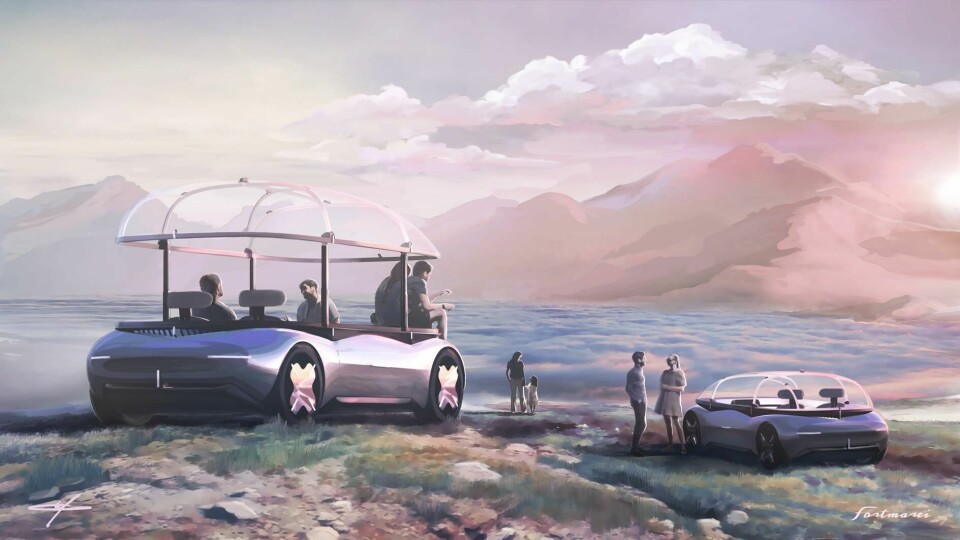
“The lines between automotive and these other types of interiors are definitely beginning to blur,” says Jacobs. “Another increasingly important area is the fashion industry, which provides a lot of design inspiration. We’re also seeing fashion really wake up to the needs of sustainability. All of these areas are becoming real influences in automotive.”
The AKXY2 is informally a combination of Asahi Kasei’s first two concepts: a full-size human-driven vehicle in 2017 called AKXY; and a bean-shaped AV interior concept dubbed AKXY pod. The next step, suggests Jacobs, may be to consider things such as smart surfaces that can hide embedded technologies when they are not in use. Antimicrobial and stain resistant materials could also be a value-add. “If this is a shared vehicle, there will be a tonne of people coming in and out,” concludes Jacobs, “and you can be sure they will want a clean interior. This all ties into the themes of sustainability, satisfaction and society.”
Are you a designer? The CDN People Awards, which celebrates the people behind the design, presents an opportunity to champion the designers in your team. You can enter for free here, and the deadline for submissions is 25 August 2022.
